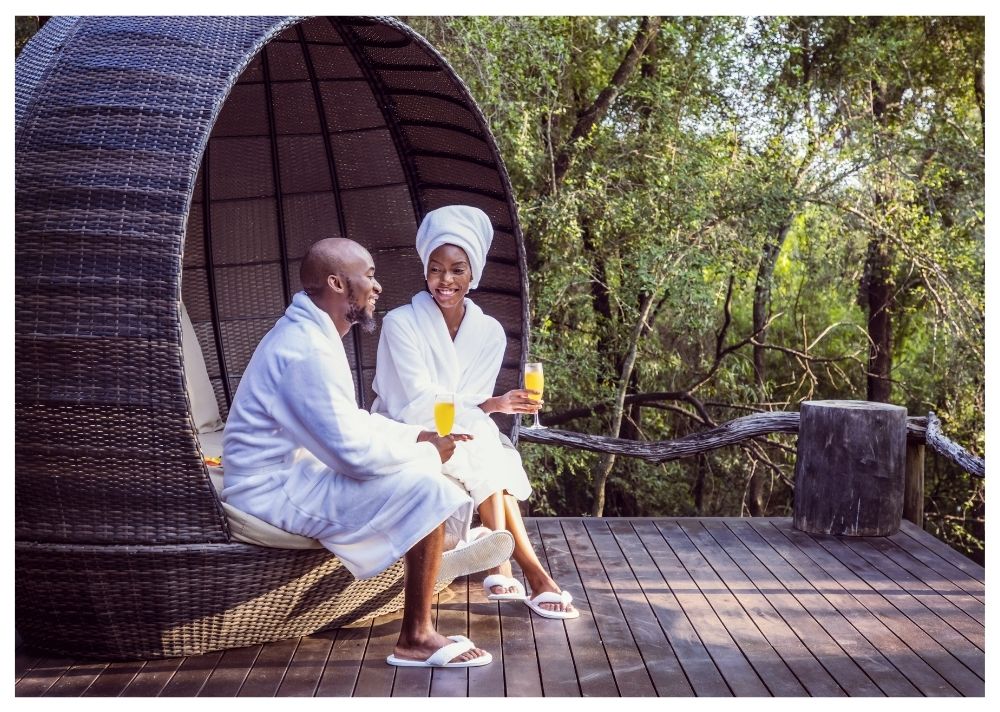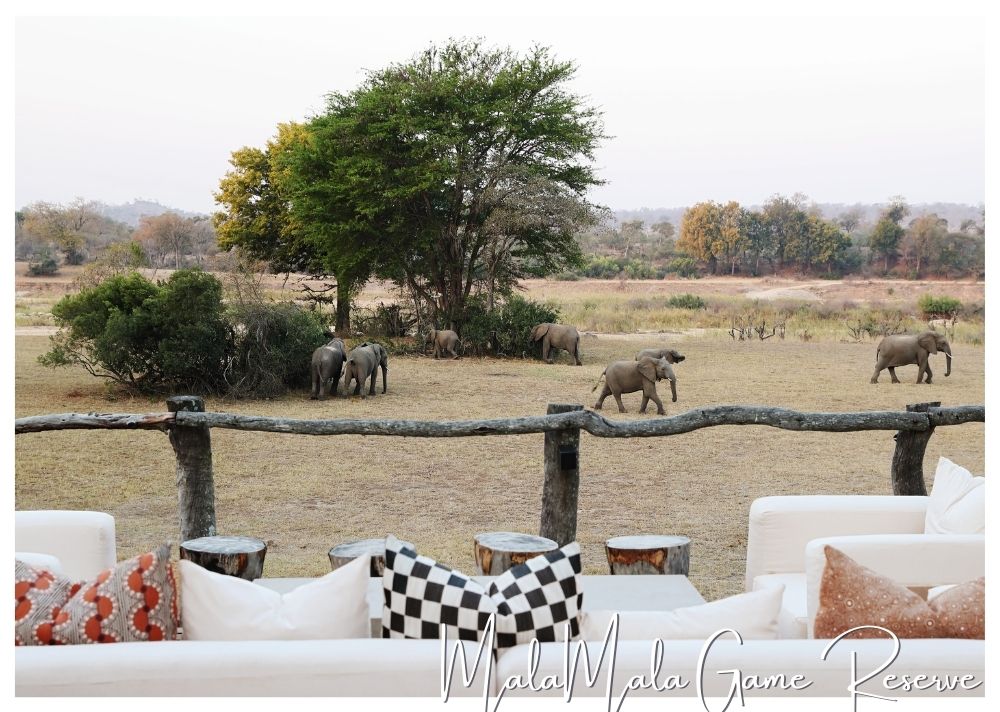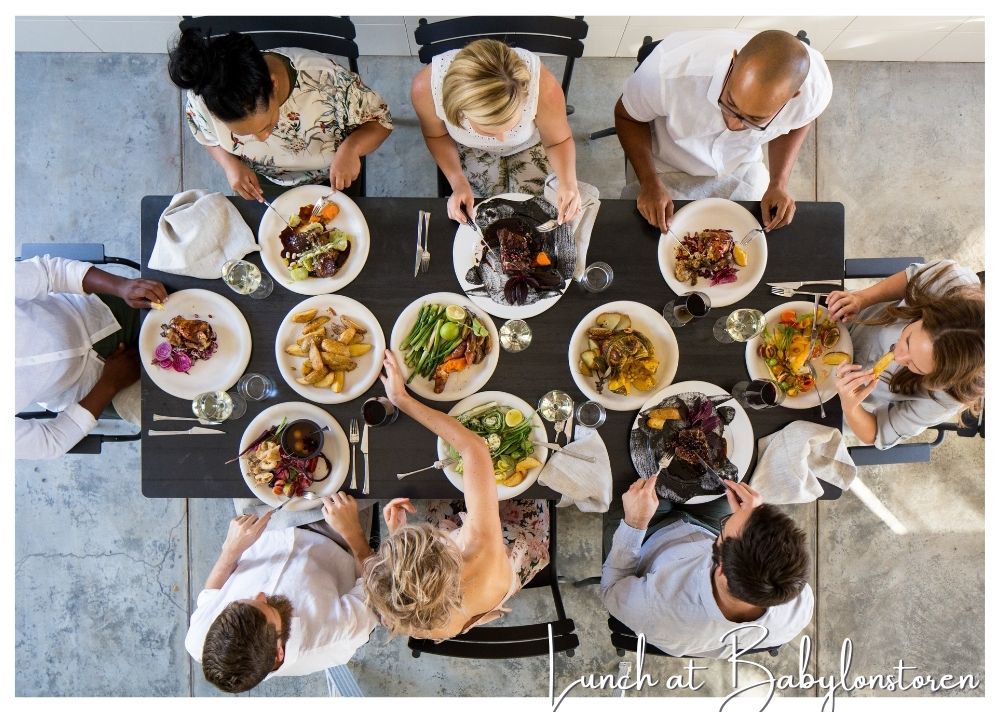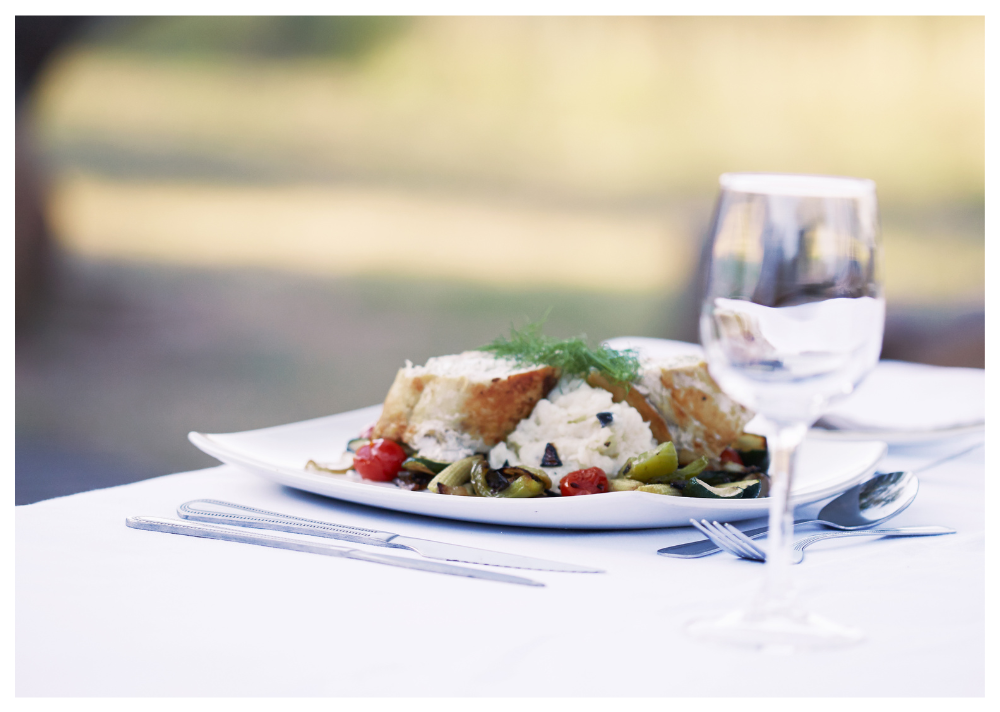Luxury in every sense of the word
In South Africa, you don’t need to compromise in order to do good – James Bainbridge finds the country effortlessly marries sustainability and conservation with quality at every turn
This is a feature from Issue 15 of Charitable Traveller.
Could South Africa be the world’s most rewarding travel destination? From its wildlife-rich bushveld and vineyard-carpeted mountains to Cape Town’s dining scene and miles of golden beaches and diverse cultures, landscapes, people and wildlife, it’s clear to see why Desmond Tutu christened South Africa the Rainbow Nation.
But not only does it offer better value than Western countries, travellers support an industry that employs more than a million people, with many jobs helping impoverished families and communities. Factor in the conservation projects, education programmes and social upliftment schemes run by lodges and hotels, and it’s clear that a visit to this culturally and naturally abundant country is a win-win for travellers and locals alike.
Safari lodges and wildlife viewing
South Africa’s famous wildlife is the main draw for many first-time visitors, who appreciate both the abundance and the accessibility of the renowned Big Five (lion, leopard, elephant, rhino and African buffalo). Tarred roads lead into Kruger National Park, the epic chunk of bush along the Mozambique and Zimbabwe borders, which makes spotting warthogs and wildebeest as easy as picking up a hire car.
That said, it’s well worth booking your first safari experience through one of the private reserves fringing Kruger and dotting the country, where you will be guided by a ranger who knows their leopard spoor from their hyena tracks.

Visiting a luxury lodge funds conservation projects, provides employment and supports impoverished rural communities
As well as allowing you to embark on dawn and dusk wildlife drives with a passionate expert, visiting a luxury lodge – such as MalaMala Game Reserve’s riverside camps – funds conservation projects, provides employment and supports upliftment of impoverished rural communities. Follow MalaMala guide Mrisho Juma on Instagram (@mrisholuge) for a taste of the big cat encounters you can expect at this 33,000-acre reserve bordering Kruger.
Three hours’ drive north of Johannesburg, Limpopo province’s Waterberg range is a UNESCO- biosphere reserve and the home of Lepogo Lodges’ stunningly situated Noka Camp. Perching on a 100ft cliff with views down the winding Palala River, it offers open-air Sky Beds, hikes to KhoiSan rock art and safaris by riverboat or foot. Combining wildlife with an experience of Zulu culture, Thanda Safari offers a lodge, tented camp and Afro-chic villa on a 35,000-acre reserve in KwaZulu-Natal province’s subtropical Elephant Coast.
One&Only Cape Town

High-end city lifestyle
There’s as much diversity and cultural richness in South Africa’s urban scene as there is with its wildlife, exemplified by the glamorous city at the foot of Table Mountain. Cape Town takes many first-time visitors to Africa by surprise, offering a scarcely believable backdrop of contemporary villas and umbrella pines climbing mountain passes above beach- fringed bays teeming with marine life. Between the city towers and Table Bay, the V&A Waterfront is one of Africa’s most popular tourist attractions, a pedestrianised complex of craft markets, boutiques, restaurants and bars.
Between the city towers and Table Bay, the V&A Waterfront is one of Africa's most popular tourist attractions
Staying in one of the area’s landmark hotels is a treat, placing the busker-soundtracked plazas, cruise boats and cocktail menus on your doorstep, and One & Only Cape Town’s rooms and suites built on artificial islands at the waterfront are prime marina property. Guests can explore the waterways by stand-up paddleboard, dine on Nobu’s signature black cod miso at Africa’s only branch of the Japanese-Peruvian chain, and join township-born sommelier Luvo Ntezo for an introduction to Cape wines. Meanwhile the nearby Silo Hotel is becoming a global icon with its 28 rooms and suites atop the Zeitz MOCAA (Museum of Contemporary Art Africa), a grain silo reimagined by visionary British architect Thomas Heatherwick to house 80 galleries of multimedia creativity.
South Africa’s 370-year-old Mother City may be the country’s oldest city, but it’s in bustling Johannesburg that you can feel Africa’s exhilarating 21st-century pulse. Like the continent’s answer to New York, the City of Gold attracts migrants from far and wide as it once did prospectors, while well-heeled locals patronise glitzy nightspots and malls. Among the jacaranda-lined avenues of the wealthy northern suburbs, Saxon Hotel, Villas & Spa is a luxury haven of plush suites, gardens full of native plants and languorous afternoon teas in the Piano Lounge.
Tswalu
Luxury Reserves
Conservationists invented the Small Five (elephant shrew, antlion, rhinoceros beetle, buffalo weaver and leopard tortoise) as a reminder that show-stealing predators aren’t the only interesting aspect of South Africa’s natural world. In this spirit, some of the country’s finest luxury reserves protect not hefty carnivores, but significant tracts of nature.
Grootbos Private Nature Reserve is a world leader in sustainability for its 8,650 acres of fynbos on the Cape Overberg coast, which has yielded seven new plant species. While staying in a contemporary lodge or villa, you can spot the Marine Big Five (shark, whale, dolphin, penguin and seal) on a Walker Bay boat tour and experience the biodiverse Cape floral kingdom by mountain bike, horseback or light aircraft.
Tswalu conserves the very different environment of the semi-desert Kalahari with its secluded safari camps amid 250,000 acres of grassy savannah and ochre dunes. Watch meerkats emerge from their burrows, sleep beneath the stars, spot a black-maned Kalahari lion on safari and taste Northern Cape cuisine at celebrity chef Jan Hendrik van der Westhuizen’s Restaurant Klein JAN.
Many of the finest reserves are found in the northern veld, but there are also wildlife- watching options if you’re flying straight to Cape Town. The NGO-owned Sanbona Wildlife Reserve covers a chunk of semi-arid Little Karoo almost the size of Singapore, with lions, cheetahs, rhinos and elephants among its dry koppies, while upmarket reserves cluster around Addo Elephant National Park in the Eastern Cape. One of the best is Shamwari Private Game Reserve, which has the Big Five alongside wildlife rehabilitation centres, luxurious lodges and a wilderness camp.


World-Class Food and Drink
Cape Town and the neighbouring wine routes of Stellenbosch and Franschhoek have taken their place as world-class gastronomic destinations, building on the growing reputation of their wine. The Dutch East India Company was quick to recognise the suitability of the Cape’s Mediterranean climate for viticulture, planting vine and oak trees for barrels soon after it founded Cape Town as a maritime refreshment station in 1652.
You can taste this heritage and learn some local history on grand Cape Dutch wine farms, such as Groot Constantia, Babylonstoren and Vergelegen.
Many estates provide a complete day out, offering, restaurants, gourmet picnics and trails through vineyards
Many estates provide a complete day out, offering restaurants, gourmet picnics, children’s activities and hiking or biking trails through the vineyards, including Constantia Uitsig, Boschendal, and Spier and Joostenber. Craft beer and fynbos-infused gin are also booming, while cultural tour company company Coffeebeans Routes’ The Colour of Wine Safari highlights the growing legion of black winemakers.
A great place to start exploring Cape Town’s rich culinary culture, with its influences from Africa, Europe and Asia dating to its days on the maritime trade routes, is Makers Landing food market at the Cruise Terminal. The fertile region’s hamper of produce, coupled with opportunities to uplift locals and mount creative projects in the dynamic environment of post- apartheid South Africa, has attracted international chefs such as Luke Dale Roberts of The Test Kitchen, alongside Mmabatho Molefe from the Zulu inspired Emazulwini Restaurant. As diners discover at Irish-born Liam Tomlin’s Chefs Warehouse restaurants, a tasting menu of exquisite contemporary cuisine costs a fraction of London or Paris prices.
Throughout South Africa, food is a big part of local culture and visitors eat well – from Cape Malay dishes and steaks in rustic restaurants to tastes of coastal foraging, such as Paternoster’s Wolfgat and the Veld & Sea workshops at Cape Point.

Supertubes
Adventure activities
South Africa rewards intrepid travellers with immersive views of its diverse environments, whether you venture into the bush, underwater or – on the Cape Canopy Tour – high above the remote kloofs of the Hottentots Holland Mountains. This zipline adventure allows you to fly like an African fish eagle, learning about the Cape floral kingdom en route, and it’s one of seven Canopy Tours nationwide, found in areas from the Drakensberg range to the Garden Route’s Tsitsikamma Forest.
The Garden Route is a hub for adventurous activities, including the 709ft bungee jump from Bloukrans Bridge, kayaking tannin-stained lagoons and following bygone woodcutters, gold prospectors and elephants into Knysna’s old-growth forests. Cross Storms River Mouth on a 250ft-long suspension bridge or take to the water below on a Blackwater Tubing expedition through the fern-clad canyons of Tsitsikamma National Park. Climbers relish the challenges of Cogmanskloof (near Montagu in the Little Karoo), the Cederberg range and Emgwenya (aka Waterval Boven) on the Drakensberg Escarpment.
You can appreciate the latter’s vertiginous landscape, where the mountains crash into the lowveld on the clifftop drive alongside the dramatic Blyde River Canyon and at Graskop Gorge – home to a glass elevator ride, a suspension bridge and the Big Swing freefall into indigenous forest. Another scenic way of taking to the cobalt sky is on a Cape Town Tandem Paragliding flight from 2,195ft at Lion’s Head or Signal Hill to the Atlantic beaches below.
East coast dive spots make the most of the balmy Indian Ocean, while Jeffreys Bay is famous for the Supertubes surf break, but the best-known ocean activity is cage-diving from Gansbaai (near Hermanus) to meet great white sharks in Walker Bay. Hiking adventures range from walking safaris to long-distance slackpacking routes, such as the five-day Whale Trail through De Hoop Nature Reserve and the Kruger Wilderness Trails.
Top five cultural experiences
Ask your accommodation to organise these immersive activities.
BUSH CRAFT
Learn the tracking and foraging skills employed by the KhoiSan people.
GALLERY TOURS
Art-focused boutique hotels, such as Cape Town’s Silo Hotel and Ellerman House, offer guided tours of galleries and studios.
PROJECT VISITS
Look behind the safari scenes by visiting the lodges’ conservation centres, community programmes and local villages.
CRAFT WORKSHOPS
Take part in Xhosa beadwork with Iphupho Creative Designs in Knysna, Venda woodcarving at Limpopo’s mountaintop Leshiba Wilderness, and more.
TOWNSHIP TOURS
The best visits, offered by the likes of Coffeebeans Routes, focus on a theme such as jazz, political history or cuisine.
This is a feature from Issue 15 of Charitable Traveller.

















 by net effect
by net effect